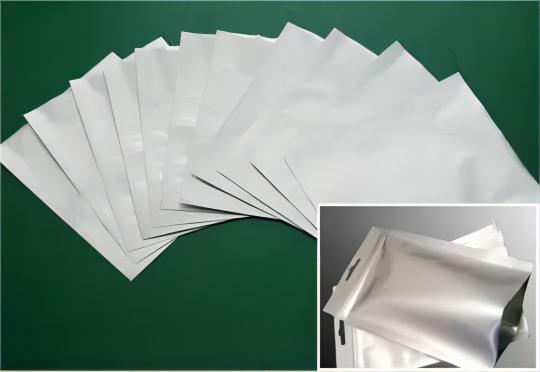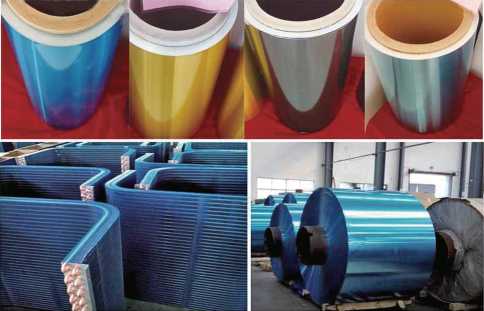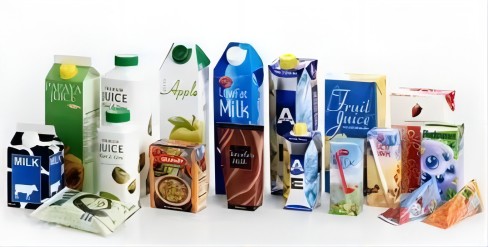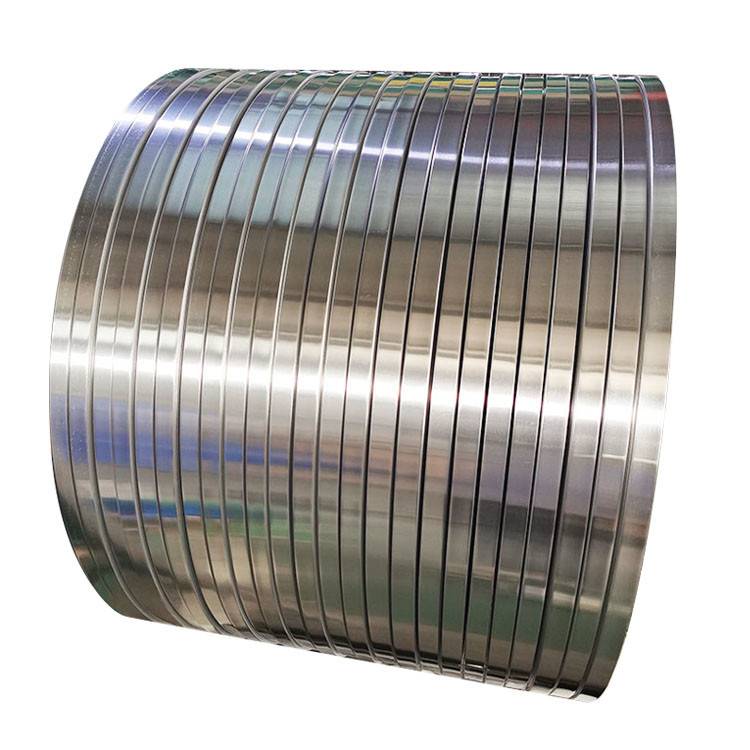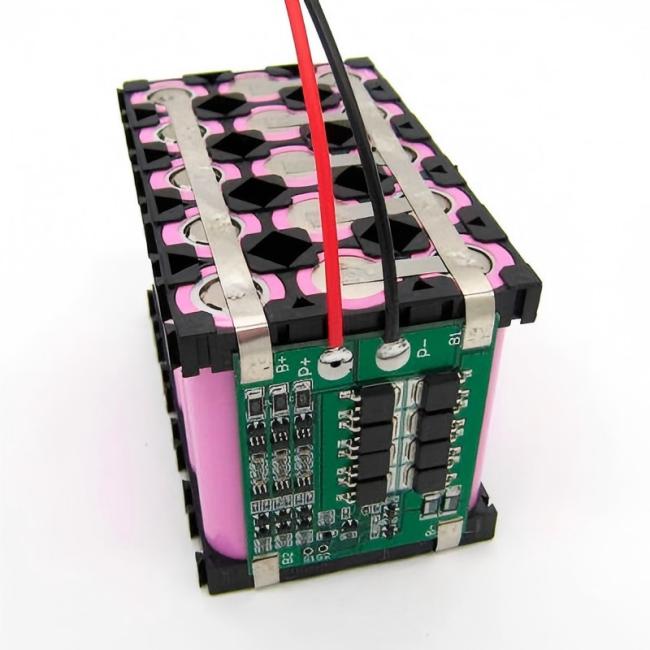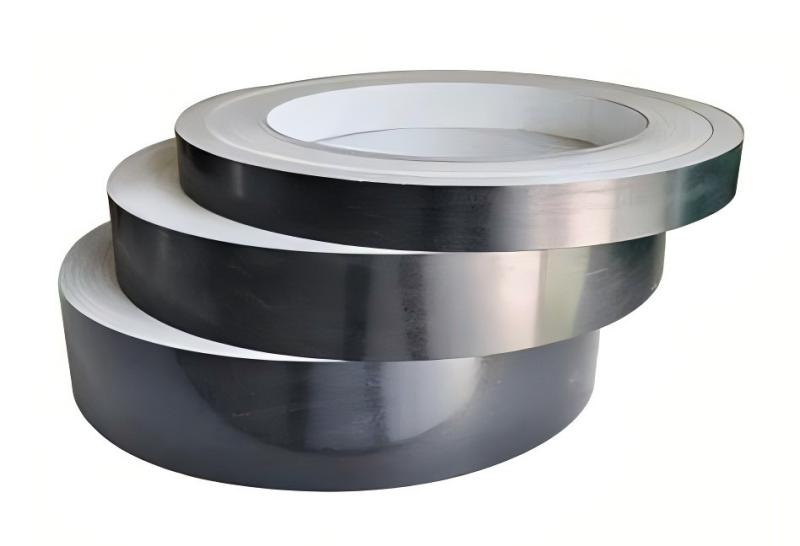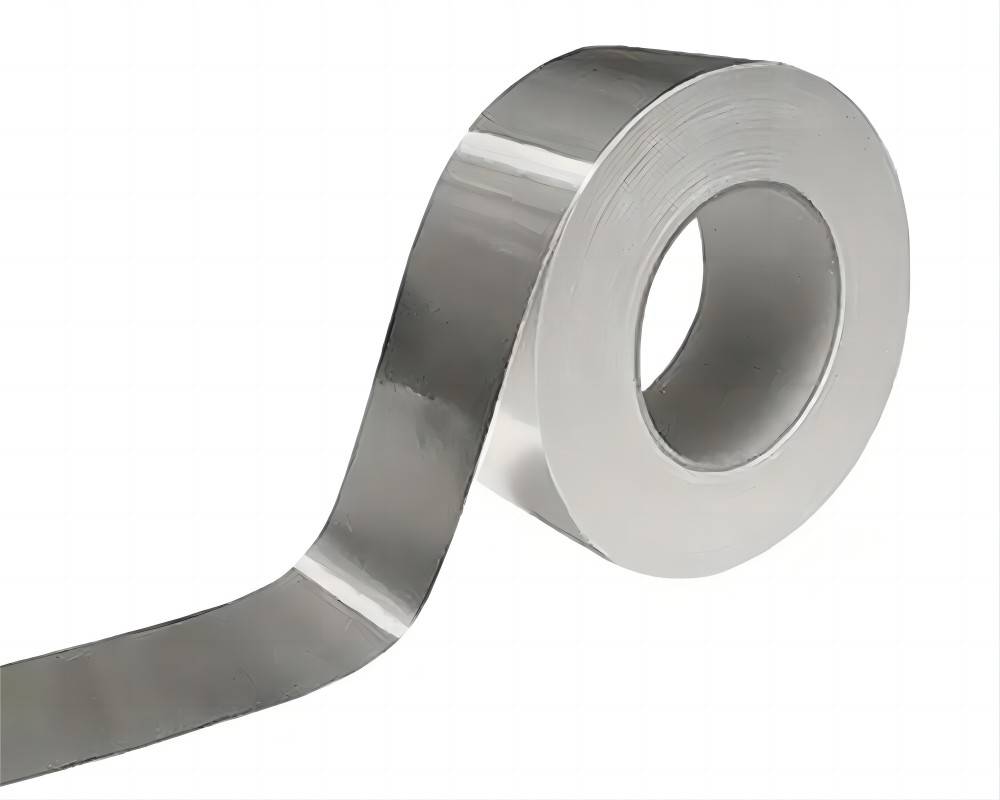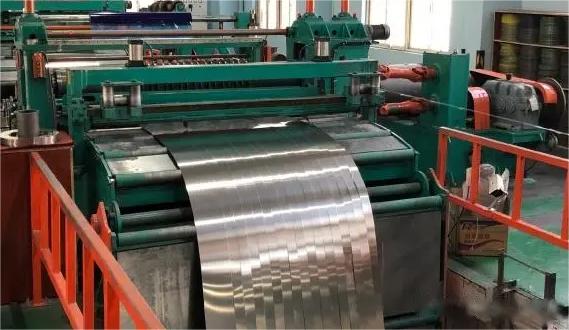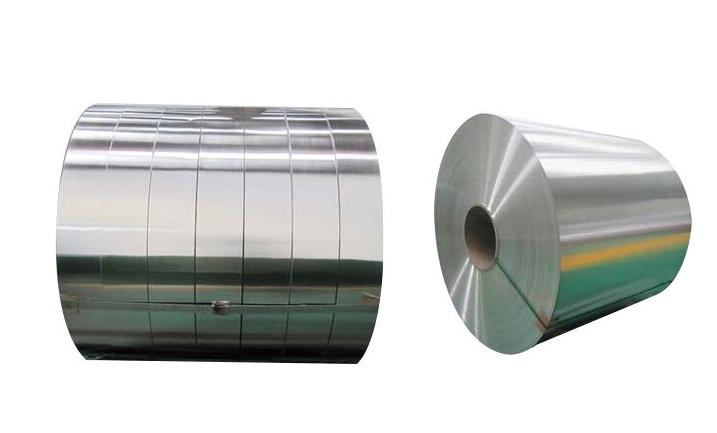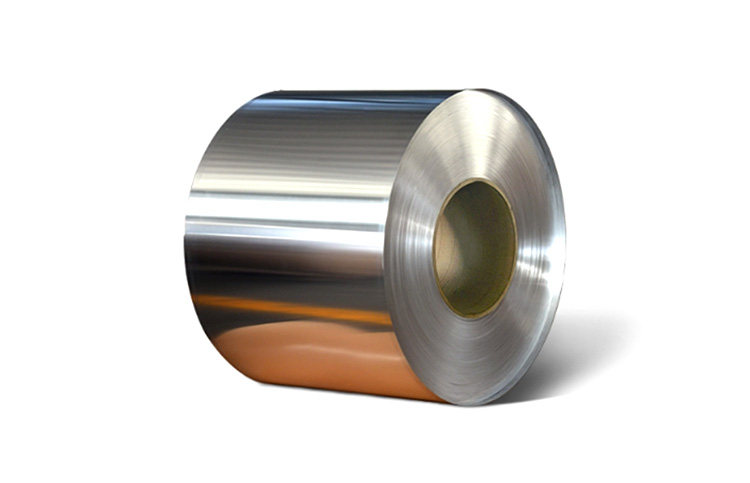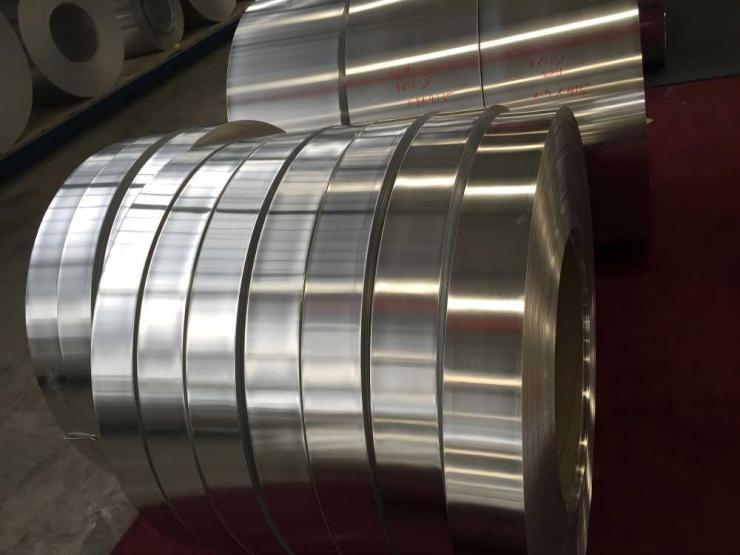Transformers are crucial components in the electrical power industry, enabling the efficient transmission and distribution of electricity. Among the critical elements of transformers are the conductive materials used in their windings. Aluminum and copper are the two primary materials used for this purpose. This article aims to provide a comprehensive comparison of aluminum strips and copper strips in transformers, focusing on their material properties, performance, and overall suitability for various applications.
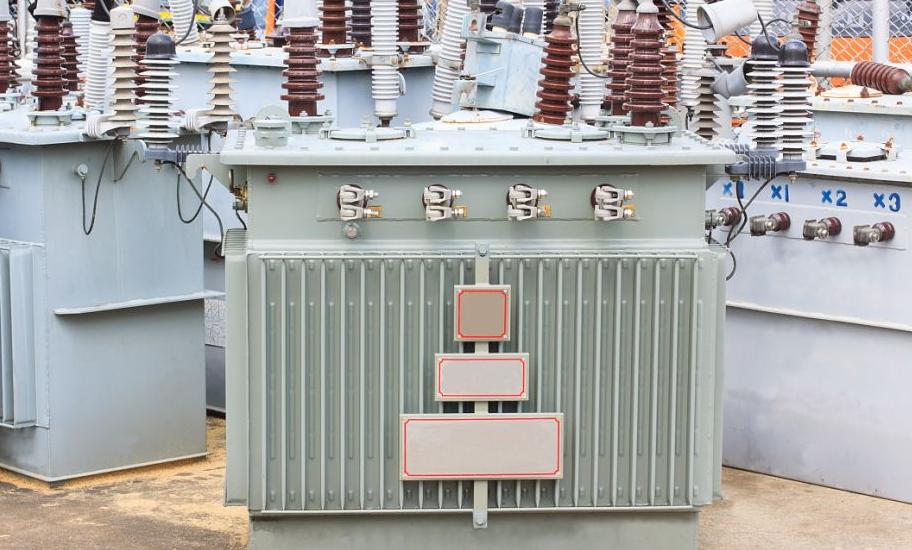
Material Properties Comparison
When selecting materials for transformer windings, it is essential to understand the key properties of the options available. The following table provides a detailed comparison of aluminum strips and copper strips across four critical aspects: electrical conductivity, thermal conductivity, mechanical properties, and weight.
| Aspect | Aluminum Strips | Copper Strips |
| Electrical Conductivity | ~61% IACS | 100% IACS |
| Thermal Conductivity | Good, ~235 W/m·K | Excellent, ~401 W/m·K |
| Mechanical Properties | Lower tensile strength, more malleable | Higher tensile strength, less malleable |
| Weight | Light, ~2.7 g/cm³ | Heavy, ~8.96 g/cm³ |
Note: IACS stands for International Annealed Copper Standard, a measure of electrical conductivity.
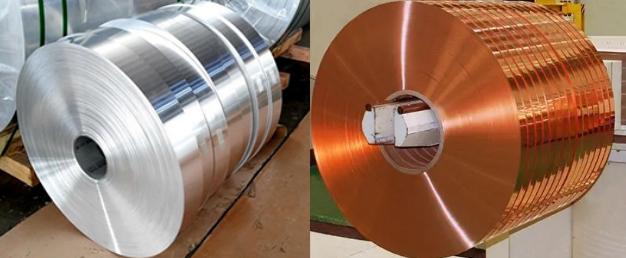
Performance Comparison
Electrical Efficiency
The electrical efficiency of transformer windings is crucial for minimizing energy losses. Copper’s higher conductivity allows for lower resistance and higher efficiency in electrical transmission. However, aluminum’s lower cost and lighter weight can compensate for its lower conductivity, especially when larger cross-sectional areas are used to match copper’s efficiency.
Thermal Management
Effective thermal management is vital for transformer performance and longevity. Copper’s high thermal conductivity enables it to dissipate heat efficiently, reducing the risk of overheating. Aluminum also offers good thermal management, though it requires careful design considerations to ensure adequate heat dissipation, especially in high-load conditions.
Mechanical Strength
Copper’s mechanical properties, such as higher tensile strength and better fatigue resistance, make it more durable and reliable under mechanical stresses. Aluminum, while less strong, is more malleable, making it easier to form and shape during manufacturing. However, aluminum transformers may require additional design features to enhance their mechanical robustness.
Comprehensive Comparison
When comparing aluminum strips and copper strips in transformers, several factors must be considered:
- Cost: Aluminum is significantly cheaper than copper, making it an attractive option for cost-sensitive applications. The lower material cost can offset the need for larger conductor sizes to achieve similar performance to copper.
- Weight: Aluminum’s lighter weight can be advantageous in applications where weight reduction is critical, such as in mobile or pole-mounted transformers. This can also simplify handling and installation processes.
- Durability: Copper’s superior mechanical strength and fatigue resistance contribute to the long-term reliability of transformers. This makes copper a preferred choice for applications requiring high durability and low maintenance.
- Environmental Impact: Aluminum production is less energy-intensive compared to copper, leading to a smaller carbon footprint. Additionally, aluminum is more abundant and easier to recycle, enhancing its environmental sustainability.
Both aluminum strips and copper strips have distinct advantages and limitations when used in transformers. Copper’s high electrical and thermal conductivity, along with its mechanical strength, make it ideal for high-performance, durable transformers. On the other hand, aluminum’s lower cost, lighter weight, and environmental benefits make it a competitive alternative, especially in applications where cost and weight are critical considerations. Choosing between aluminum and copper strips depends on the specific requirements of the transformer application.
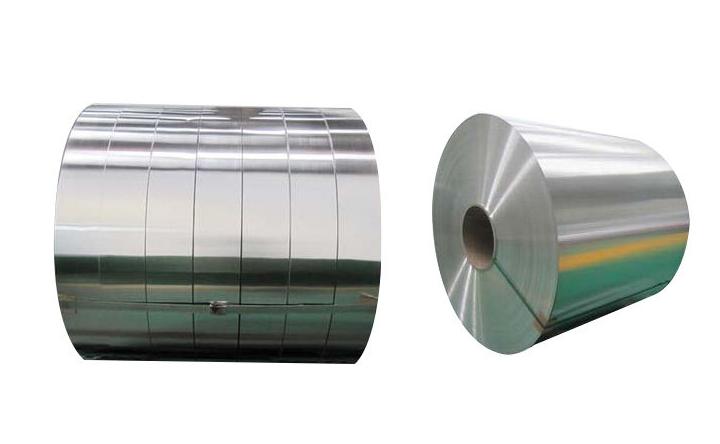
Common Grades of Aluminum and Copper Used for Transformers
Aluminum Grades
1. EC Grade Aluminum (Electrical Conductivity Grade)
- Application: EC grade aluminum is commonly used in transformer windings where electrical conductivity is critical.
- Properties: It is typically high-purity aluminum with minimal impurities, ensuring good electrical conductivity.
2. AA-1350 Aluminum Alloy
- Application: Widely used in transformer applications, especially for medium-voltage transformers.
- Properties: This alloy offers good electrical conductivity and is suitable for applications where weight reduction and cost-effectiveness are important factors.
3. AA-5052 Aluminum Alloy
- Application: Used in transformers where higher mechanical strength and corrosion resistance are required.
- Properties: This alloy provides improved mechanical properties compared to EC grade aluminum, making it suitable for transformers in harsher environmental conditions.
Copper Grades
1. Electrolytic Tough Pitch Copper (ETP Copper)
- Application: ETP copper is the most common grade used in transformer windings due to its high electrical conductivity and excellent thermal conductivity.
- Properties: It has a minimum conductivity of 100% IACS (International Annealed Copper Standard) and high ductility, making it ideal for efficient electrical transmission and heat dissipation.
2. Oxygen-Free High Conductivity Copper (OFHC Copper)
- Application: Used in applications requiring extremely high electrical conductivity and minimal oxygen content to prevent oxidation.
- Properties: OFHC copper offers superior electrical and thermal conductivity compared to ETP copper, suitable for high-performance transformers and critical applications.
3. Silver-Bearing Copper Alloys (e.g., C11000)
- Application: Utilized in specialty transformers where enhanced electrical conductivity and corrosion resistance are required.
- Properties: These alloys contain small amounts of silver, improving conductivity and mechanical properties compared to standard copper grades.
Here are the conclusions:
| Material | Grade | Applications | Properties |
| Aluminum Strips | EC Grade | Low-voltage and medium-voltage transformers | High purity, good electrical conductivity |
| AA-1350 Alloy | Medium-voltage transformers | Good electrical conductivity, cost-effective | |
| AA-5052 Alloy | Transformers in harsh environments | Improved mechanical strength, corrosion resistance | |
| Copper Strips | Electrolytic Tough Pitch (ETP) | All transformer types | High electrical and thermal conductivity, ductility |
| Oxygen-Free High Conductivity (OFHC) | High-performance transformers | Extremely high electrical conductivity, low oxygen content | |
| Silver-Bearing Alloys (e.g., C11000) | Specialty transformers | Enhanced electrical conductivity, corrosion resistance |
If you need aluminum strips for transformers, CHAL is your ideal supplier. They can provide you high quality products with reliable services. Feel free to get connected.





